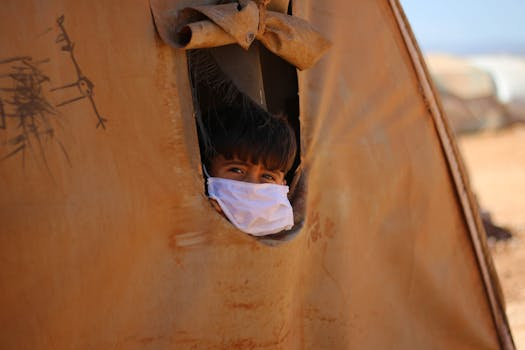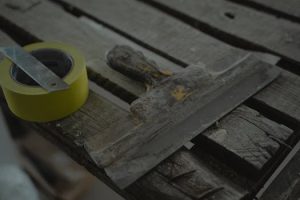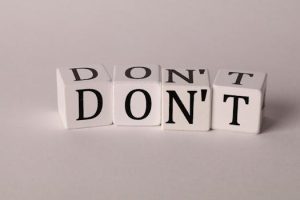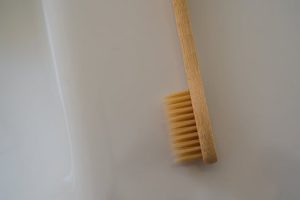The Hidden Health Risks of Traditional and Outdated Cleaning Methods
Cleaning is an essential part of maintaining a hygienic and healthy living space. From dusting and vacuuming to scrubbing and washing, we rely on traditional and outdated cleaning methods to keep our homes and workplaces clean. However, what many people are not aware of is that these methods may come with hidden health risks. In this article, we will explore the potential hazards of using traditional and outdated cleaning methods and provide alternative solutions for a safer and healthier cleaning experience.
Main Section 1: The Dangers of Harsh Chemicals
One of the most common and popular ways of cleaning is by using commercial cleaning products that are filled with a long list of harsh chemicals. These chemicals are designed to remove dirt, stains, and germs efficiently, but they can also cause more harm than good in the long run.
Most commercial cleaning products contain volatile organic compounds (VOCs), which can irritate the eyes, nose, and throat, and even aggravate respiratory conditions. Additionally, they can also contribute to indoor air pollution, leading to headaches, nausea, and other health problems.
Moreover, these chemicals have been linked to long-term health effects, including allergies, asthma, and even cancer. Children and the elderly are particularly vulnerable to these dangers, as their immune systems are weaker. Furthermore, frequent exposure to these chemicals can also lead to the development of antibiotic-resistant bacteria, making it harder to fight off infections and illnesses.
Subsection 1.1: An Alternative Solution
Fortunately, there are safer and more natural alternatives to traditional cleaning products. Many household items, such as vinegar, baking soda, and lemon, can effectively clean and disinfect without the use of harmful chemicals. These natural ingredients are gentle on both our health and the environment, making them a preferred option for many individuals.
Furthermore, there are also many eco-friendly and non-toxic cleaning products available in the market today. These products are made from organic and plant-based ingredients, making them a safer option for our health and the planet.
Main Section 2: The Hazards of Dust and Pollen
Dusting and vacuuming are crucial steps in keeping our homes clean and free of allergens. However, these traditional methods of cleaning can also contribute to indoor air pollution, making it a major health hazard, especially for those with respiratory conditions and allergies.
When we dust or vacuum, we are disturbing the dust and pollen particles that have settled on surfaces or carpets. These particles then become airborne, making it easier for us to inhale them. Breathing in these particles can lead to coughing, sneezing, and even difficulty breathing for people with allergies or asthma.
Subsection 2.1: A Safer Cleaning Technique
Fortunately, there are ways to minimize the risks of indoor air pollution while still effectively cleaning our homes. One solution is to use a vacuum cleaner with a HEPA filter. These filters can trap small dust and pollen particles, preventing them from being circulated back into the air.
Another solution is to dampen a cloth or mop before dusting or mopping. This helps to prevent the particles from becoming airborne and makes it easier to collect them. It is also advisable to clean our homes regularly to prevent the buildup of dust and pollen, reducing the chances of triggering allergies or asthma attacks.
Main Section 3: The Dangers of Overexertion and Injuries
Cleaning can be physically demanding, and as such, it can put us at risk of overexertion and injuries. Pushing or pulling heavy objects, reaching for high surfaces, and constantly bending and twisting our bodies can strain our muscles and joints, leading to discomfort and even injuries.
Furthermore, some traditional cleaning methods may require the use of ladders and other equipment, increasing the risk of falls and accidents.
Subsection 3.1: A Safe Approach to Cleaning
To avoid overexertion and injuries while cleaning, it is important to take regular breaks and avoid pushing our bodies beyond their limits. It is also advisable to use ergonomically designed tools, such as mops and dusters with longer handles, to reduce the need for bending and stretching.
When using ladders or other equipment, it is important to follow safety guidelines and use the appropriate equipment for the task at hand. It is also recommended to ask for help when needed, especially for heavy or hard-to-reach areas.
Final Thoughts
Cleaning is a necessary task, but it should not come at the cost of our health. By being aware of the potential health risks of traditional and outdated cleaning methods, we can make more informed decisions and adopt safer and healthier cleaning practices. Let us all make the switch to greener, safer, and more efficient ways of cleaning for the sake of our well-being and the planet.











